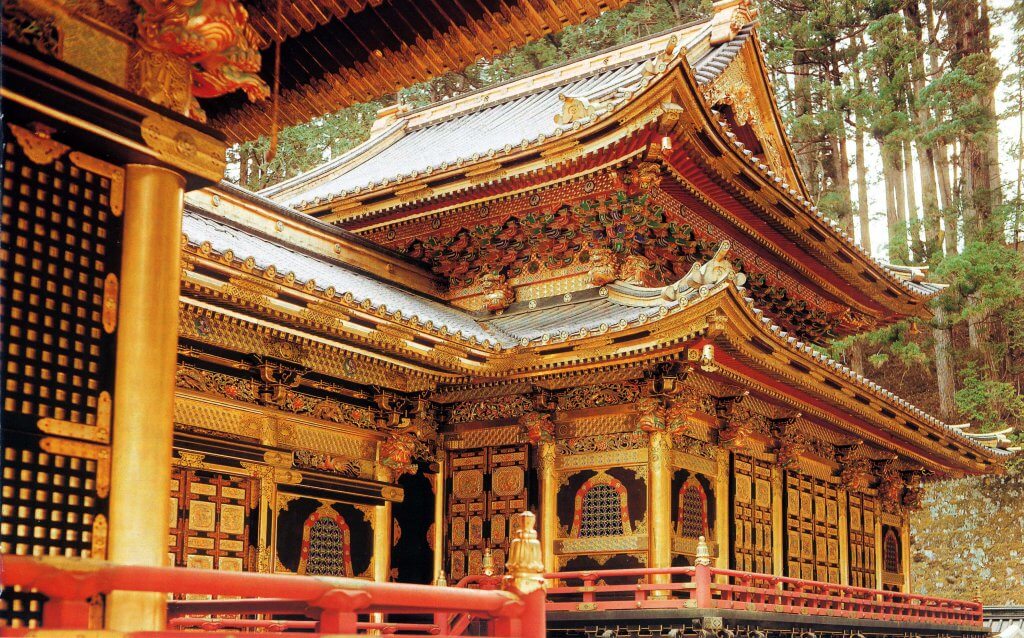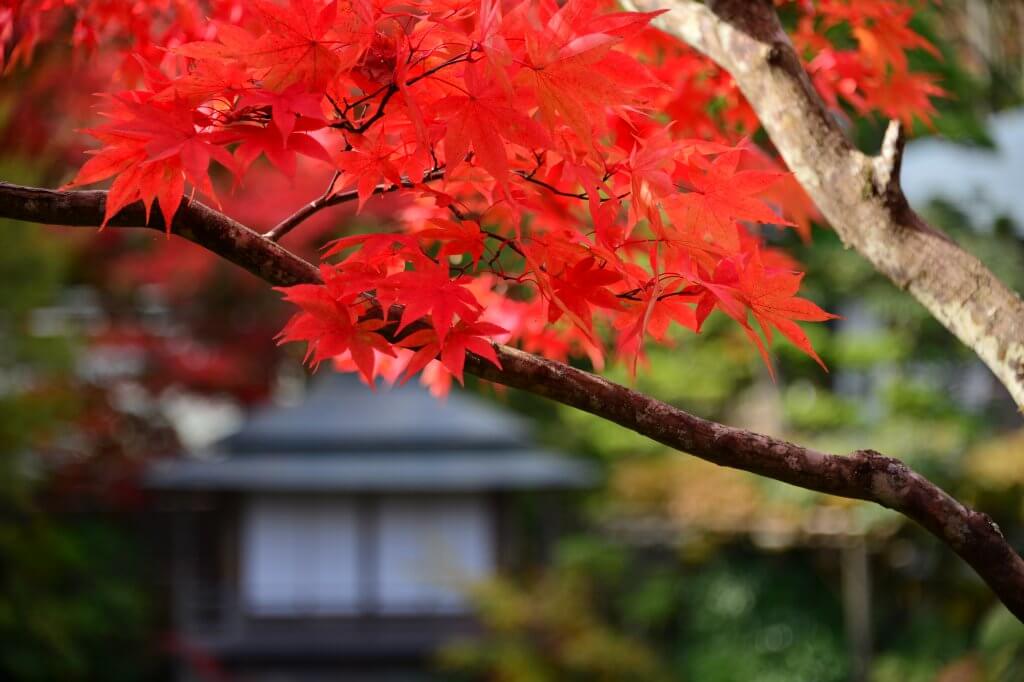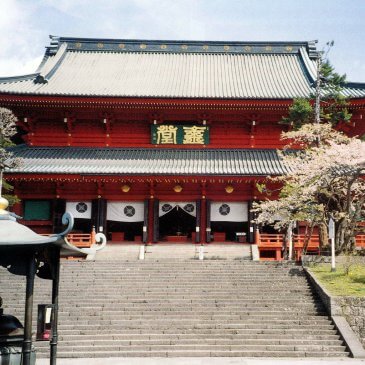There are two shrines and one temple in Nikko, which were designated as world heritage sites and have become very famous sightseeing spots in Japan. There is the Nikko Toshogu Shrine, the Rinnoji Temple and the Nikko Futarasan Shrine. In order to give a history of Tokugawa Ieyasu, we will explain the first two holy places, however, the Nikko Futarasan Shrine is unrelated to Tokugawa, and therefore, will not be explained here.
The Rinnoji Temple is a collective name for a large complex of Buddhist temple buildings spread across the Nikko mountain chains in the city of Nikko, Tochigi Prefecture, Japan. Until the Edo Period, there was no exactly difference between a temple and a shrine. Instead, all three of these structures were a part of the Nikko mountain chains and considered as one collective holy place. The Nikko mountain chains are located at the north side of Edo (the former name of Tokyo). The Nikko mountain chains are made up of Mount Nantai (2486m), Nyoho (2464m), Taro (2368m), and so on. From now on, we will refer to the mountain chains in Nikko as Mount Nikko. The history of the shrines and temple dates back to the year 766, when a man named Shodo Shonin built a temple called the Shihonryuji Temple at the entrance of Mount Nikko.
Shodo Shonin, who is recognized for his success of climbing up Mount Nantai in 782, built the Chuzenji Temple at the foot of the mountain in 784. After a while, Shonin had built several different temples, but all of the temples on Mount Nikko were considered one holy temple (Nowadays, we call the collection of holy temples the “Rinnoji Temple”). Due to its geographic isolation, deep in the mountains of Japan, the site soon attracted other Buddhist monks in search of solitude. Many famous people started visiting here, such as Kukai, who founded the Shingon School of Buddhism, and Enjin, who was a priest of the Tendai School of Buddhism, and so on.
Around the period of Kamakura (1185-1333), the Rinnoji Temple was regarded as having great value from the Japanese government, and so, the government supported the religious sites. Thanks to that support, the Rinnoji Temple reached new heights of prosperity. During the Edo Period, Tenkai Sojo, who is famously credited as being the brains behind Tokugawa Ieyasu’s important actions, became the Chief Priest of the Rinnoji Temple.
The Nikko Toshogu Shrine, which enshrines Tokugawa Ieyasu, was built under Sojo’s direction at Mount Nikko in 1617. Later on, in 1653, the mausoleum of Tokugawa Iemitsu was built at Mount Nikko. It was called the Taiyuin Temple and became a branch of Rinnoji temple. Before at this time, Rinnoji Temple was called “Manganji Temple but the emperor gave the name of the “Rinnoji Temple.” It is an honor to have a name given by the emperor.



